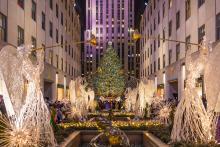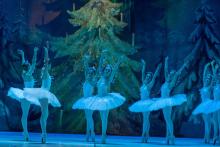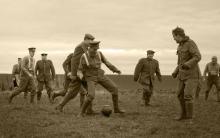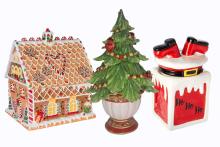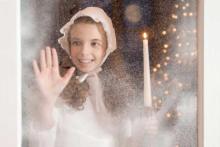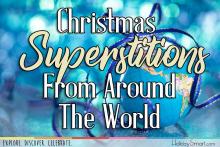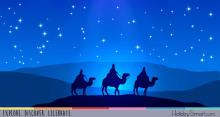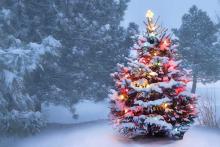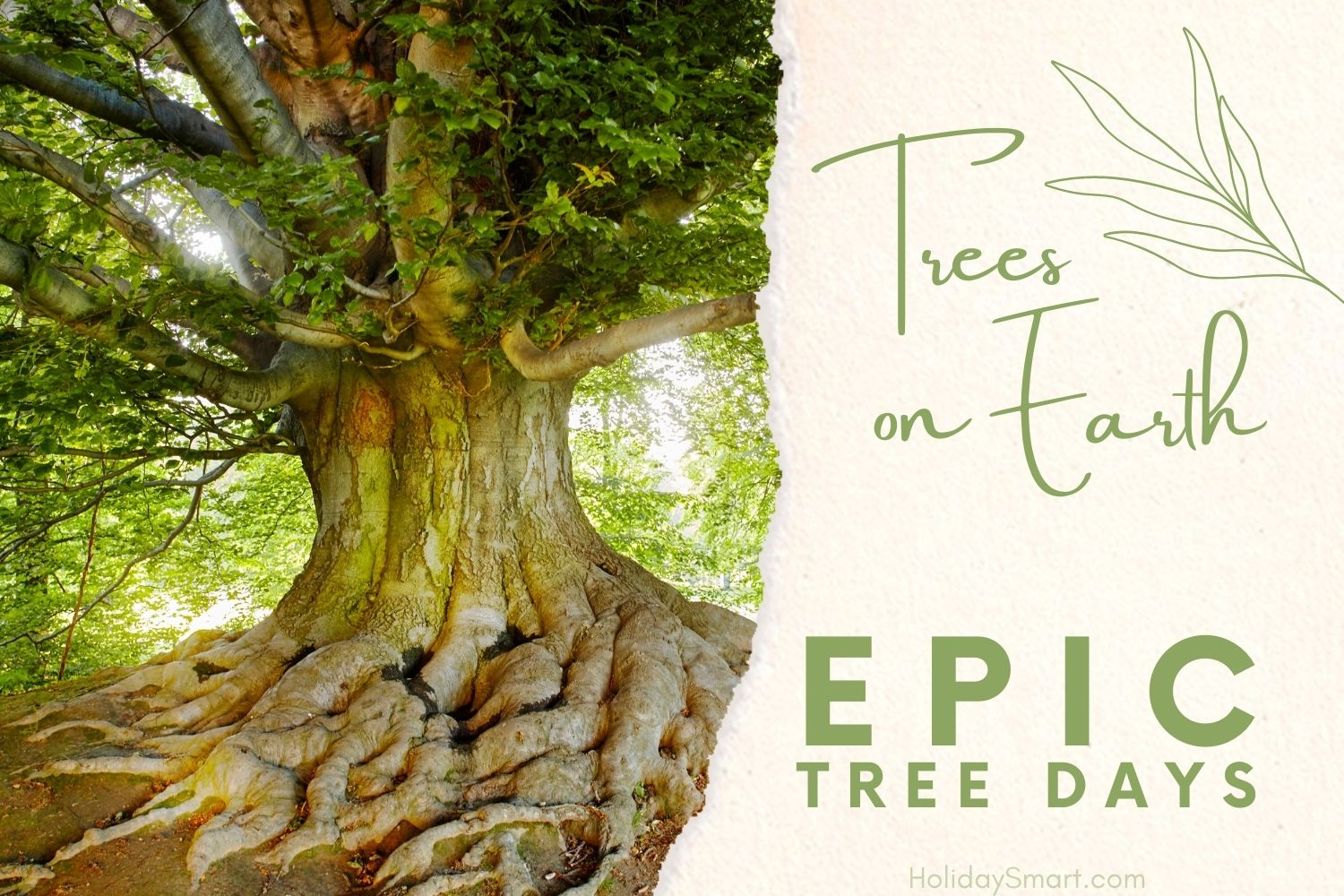Christmas
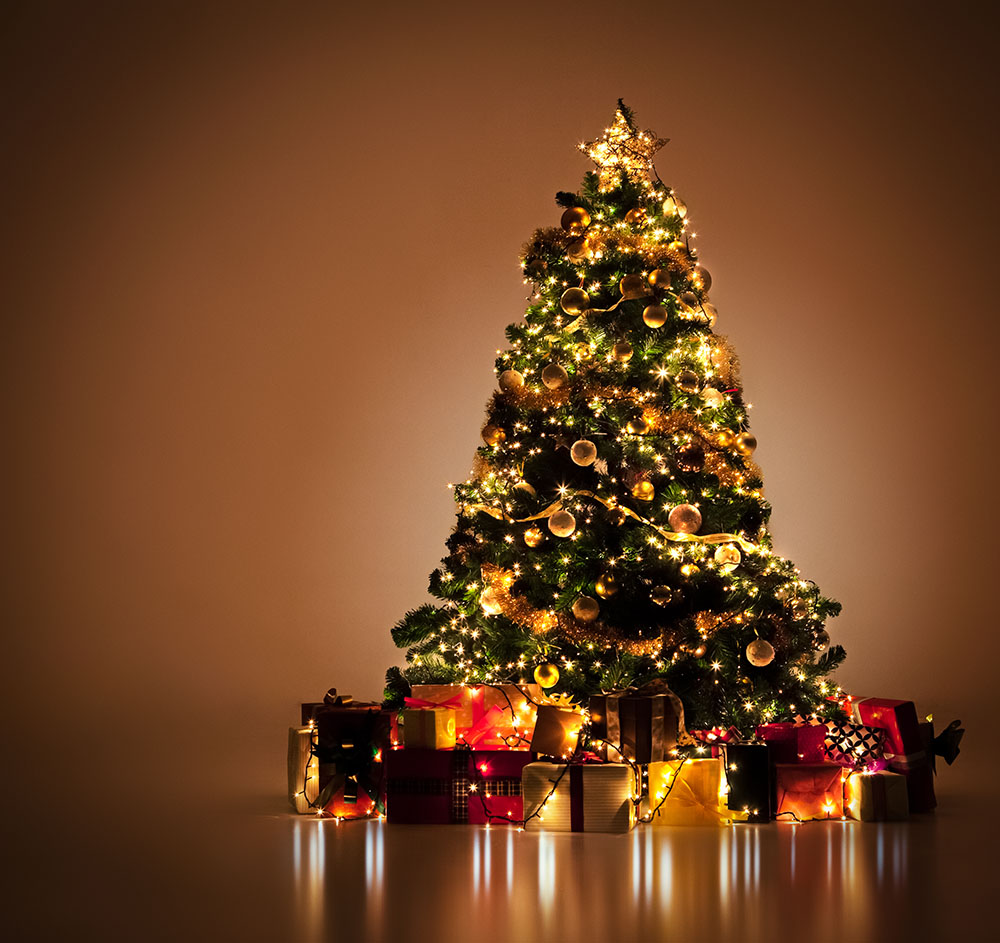
Christmas celebrates the birth of Jesus Christ and the spirit of giving. It is celebrated all around the world, and customs may vary depending on the country. In some places, Christmas remains a very religious holiday celebrated by only the Christian population. In others, it is a nationwide holiday celebrated by Christians and non-Christians alike. Christmas season generally starts at the end of November, so the whole month of December is a time for Christmas decorations and good cheer. Because gift-giving is an important part of the holiday, December is the busiest shopping month of the year in many places.
Christmas Customs
There are many symbols that have come to be associated with Christmas. One of the most universal of these symbols is the Christmas tree. Many people buy a tree each year, usually about two weeks-a month before Christmas. It is set up in their house and then decorated with colorful lights and ornaments. Often, the Christmas tree is topped with a star or an angle. Decorating the Christmas tree is a Christmas tradition on its own in many households. The rest of the house can also be decorated with Christmas lights, wreaths, and garlands. Some families also craft houses out of gingerbread cookies and other sweets, which are left as part of the decorations. Christmas music is an important part of the season. Most public places play Christmas music all throughout the season. Some people will go caroling – singing Christmas songs with friends for others to hear. In many places, the whole town is lit up and musical during the entire month of December.
Because Christmas celebrates the birth of Jesus, the story of his birth and life is a common retelling during the Christmas season. Nativity scenes can often be found around town, reenacting the occasion. Church services are an important part of the season for many people.
On Christmas day, most people exchange gifts. Traditionally, the gifts are often placed under the Christmas tree and in stockings that are hung by the fireplace. Gifts are put out the night before while the children are asleep. Many children believe that it is Santa Claus, or Father Christmas, who brings the gifts while they sleep. The tradition of Santa Clause is different around the world, but in most western cultures he is depicted as a jolly old man dressed in all red, who listens to children’s wishes and brings them gifts as long as they have been well behaved throughout the year. Santa Claus is based off of Saint Nicolas, a Greek bishop from the 4th century who often gave gifts to those he came in contact with. Many children write letters to Santa to let him know what they want for Christmas.
Family and food are also important parts of the Christmas season. People will often travel at this time to see out of town family and spend the holiday together. Traditional meals are served in many places on both Christmas Eve and Christmas Day, though the specific dishes served varies from country to country. Turkey and Ham are popular main dishes in many places. Gingerbread, peppermint, cranberries, and fruitcake are other common dishes found around the world.
History of Christmas
Christmas celebrates the birth of Jesus Christ to the Virgin Mary. Jesus was born in a stable and placed in a manger after Mary was refused shelter in any inns in the city of Bethlehem. Angels appeared at the scene to name the baby the savior of all men, and shepherds in the nearby fields came to adore him. Three astronomers, known as the wise men, followed a bright and shining star to the place of Jesus’s birth to give him gifts. This is the scene that is often reenacted near Christmas time. There is evidence, in the Bible or in historical studies, that Jesus was born in December, and this date was most likely chosen because of pagan festivals that occurred at the same time.


